Healthcare has been in the news a lot in Vermont recently, with many conversations about how to balance three key priorities: access, affordability, and quality. Of these, quality is perhaps the least understood—and the hardest to measure. Yet, it is essential. As patients, we naturally want clear answers: Is this hospital safe? Will I receive high-quality care? Tools like hospital star ratings and report cards have emerged to simplify complex healthcare data, offering insights into hospital quality through platforms such as CMS Care Compare and Leapfrog Hospital Safety Grades. While these tools provide valuable information, to use them effectively, it’s important that Vermonters understand their strengths, limitations, and gaps. Armed with this important information, we can make more informed decisions and improvements within our health care system.
The Allure and Limits of Simplified Ratings
CMS’s Care Compare assigns hospitals a star rating (one to five) based on factors such as safety, clinical outcomes, and patient experience, using standardized data. This system offers advantages, including adjusted data for fair comparisons and broad types of quality measures. However, overall ratings can mask individual strengths and weaknesses, and the ratings primarily reflect care for Medicare patients. Smaller rural hospitals, such as many in Vermont, often have data on certain measures that are not publicly displayed due to low patient volumes. Additionally, data lags can result in ratings that may not accurately reflect current performance.
Leapfrog Hospital Safety Grades assign hospitals a letter grade (A through F) based on safety performance, focusing on metrics such as infection prevention and surgical outcomes. This emphasis on safety encourages hospitals to adopt proven safety methods that reduce harm. However, much of Leapfrog's data is self-reported, and in Vermont, where many hospitals may not participate in Leapfrog’s voluntary survey, accurate comparisons are challenging. Only six of the state's fourteen hospitals are included, and Leapfrog's narrow scope limits its representation of broader dimensions of quality. Furthermore, data lags hinder the ability to accurately evaluate current performance.
The Bottom Line
Star ratings and letter grades are useful tools for highlighting healthcare quality and sparking conversations about care. However, we can make more informed healthcare decisions by considering the following:
Use Ratings as a Starting Point: Treat star ratings and letter grades as one tool among many. Use them to start discussions about hospital quality, but recognize their limitations, such as missing information about actual outcomes or specific patient demographics.
Ask Critical Questions: Reflect on what the ratings measure, how up-to-date the data is, and whether the information meets your unique needs, such as specialized care or proximity to family.
Diversify Research: Pair ratings with other resources—talk to healthcare providers, review local feedback, and seek recommendations from trusted sources.
Stay Engaged: Provide feedback to support transparency and improvement. Community input is essential for shaping better healthcare systems.
By embracing the complexity of healthcare quality and leveraging multiple tools, we can continue to foster a system rooted in transparency, collaboration, and better care for all.
